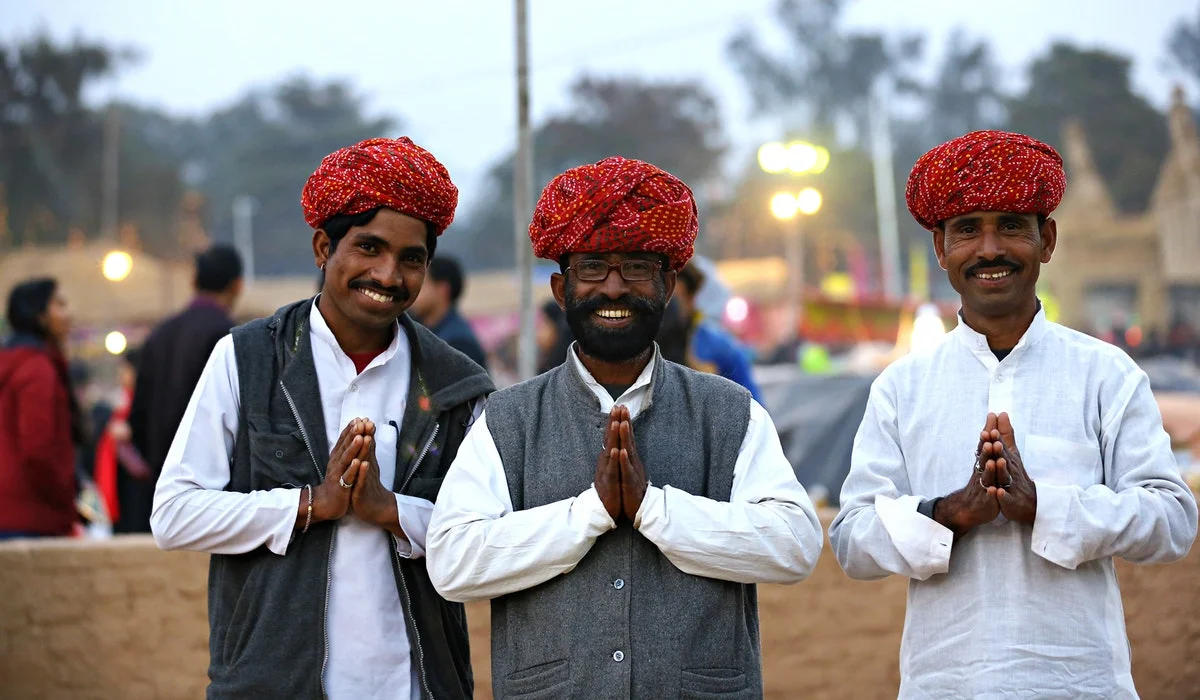In India, social class and particularly the caste system have had a profound impact on how people talk. Sanskrit was the language of the Brahmins, the highest caste, representing purity and religious authority. Consequently, to retain privilege, access to Sanskrit education was restricted. Lower castes instead spoke vernacular languages and dialects that were viewed as less prestigious. When the British colonised India, English became a new elite language, as it has remained to the present. In India, a good knowledge of English is required for upward social mobility, and families that are ambitious for their children often prioritise access to English-language education to help them have bright futures.
Photo Source: https://www.ikan.com/indian-people-friendly-and-acceptable-of-foreigners




